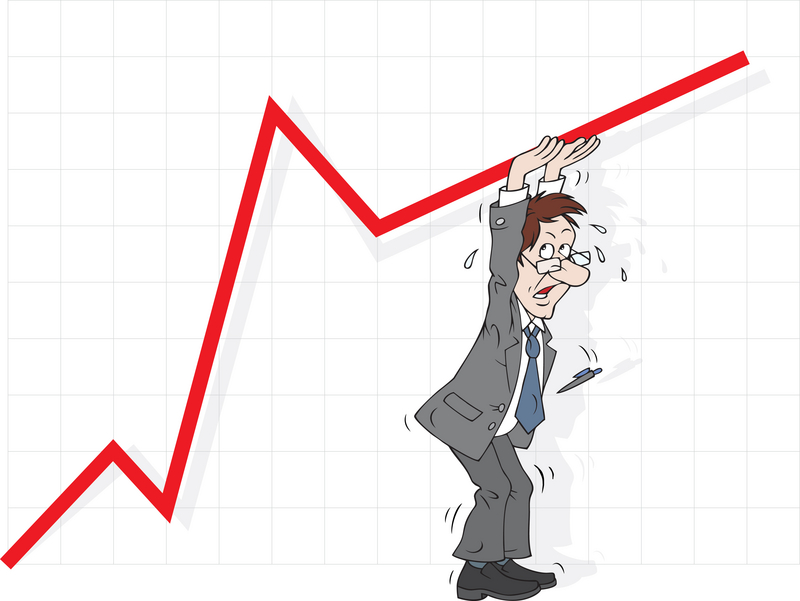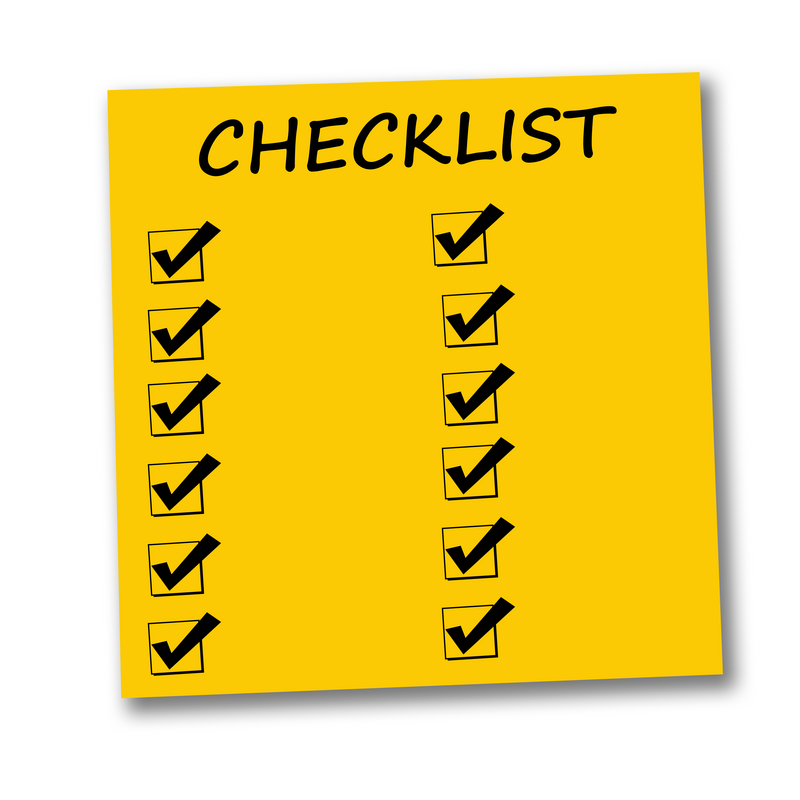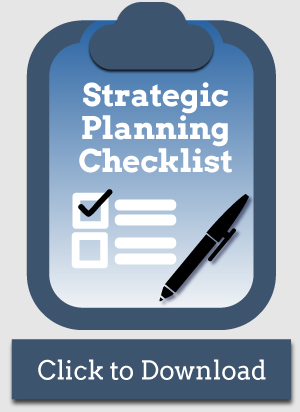Unsatisfactory employee performance is not an employee problem. This is a management problem. Yes, I realize that is probably hard to swallow but consider the following before you draw final conclusions.
I contend that there are five key factors to obtain high levels of employee performance and management is responsible for each.
- Hiring the right people
- Ensuring expectations are clear
- Training
- Supervising the employee appropriately
- Properly monitoring performance and either improving it or dismissing them
Think of an employee that is performing below your level of expectation. Let’s examine the problem in each of these five areas.
- Hiring process: You have probably already hired the person so do you believe that your hiring process was effective? If not you might need to determine how to improve that process.
- Ensuring clear expectations: Do you have good documentation of expectations including: job description, procedures, policies, goals and objectives? Having these is critical.
- Training: Do you have a good training process? Improve that process if it is not meeting your needs. Do you have a means (written tests or demonstration of proficiencies) for determining if the employee actually learned what they needed to learn? If not you should develop a means for doing so. Do you have written documents for the employee to refer to after training?
- Supervising: Does the employee’s supervisor observe them doing the work to see if they are doing it the way they were trained and take corrective action if they are not? Has the supervisor been trained to do this?
- Monitoring performance: Formal reviews should take place periodically for discussing satisfaction regarding their performance. This should include both complements for the areas where performance is good. Areas needing improvement should be identified and a game plan developed for improvements. Follow up sessions should be scheduled to ensure satisfactory improvements. Should performance not improve then the process for dismissing the person should be followed.
Which of these is your major contributor to unsatisfactory employee performance? Are you willing to be honest with yourself? Most employers simply blame the employee.
Are you going to continue blaming your employees or are you going to address your management shortcomings? What is your action plan?









